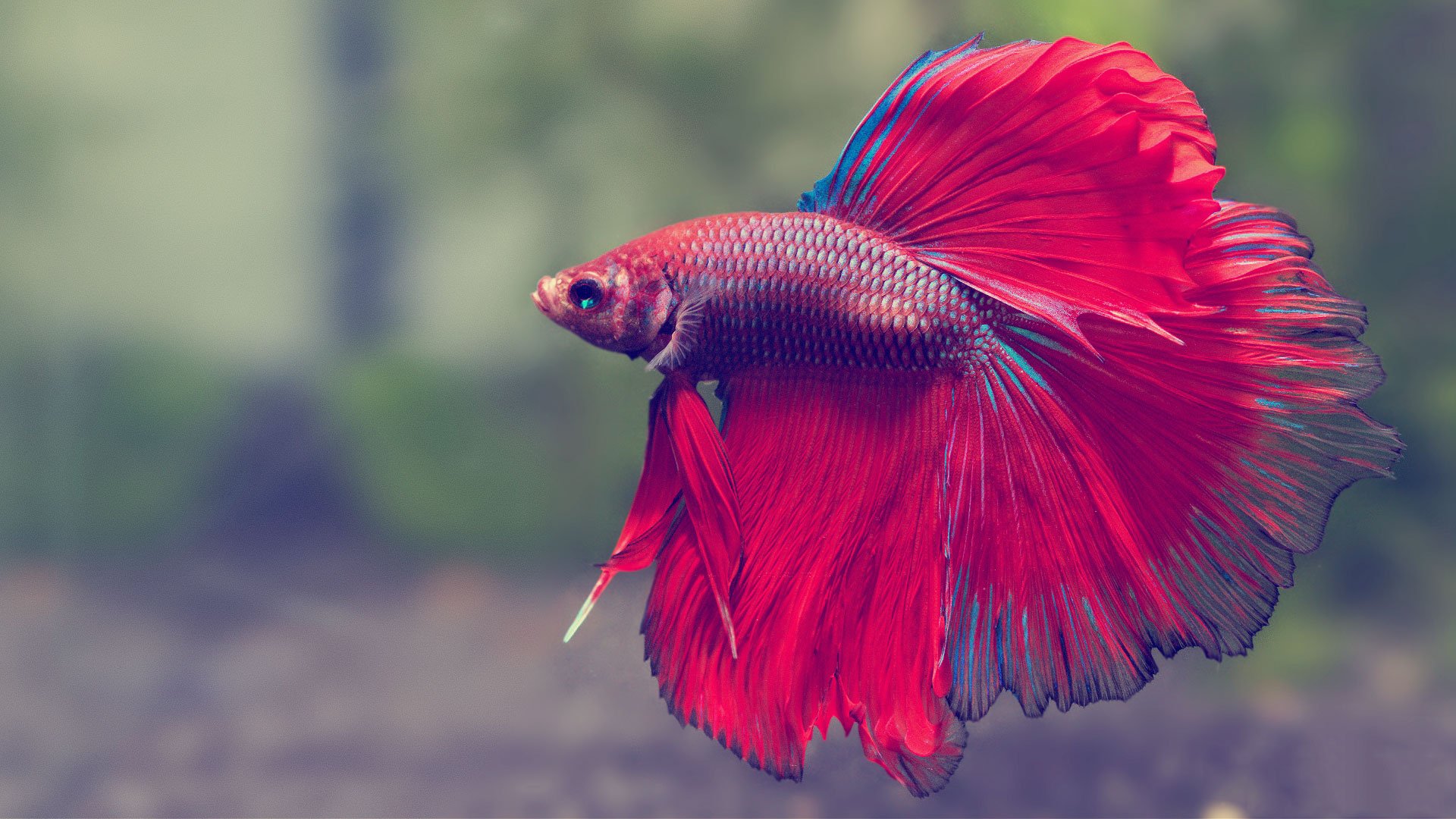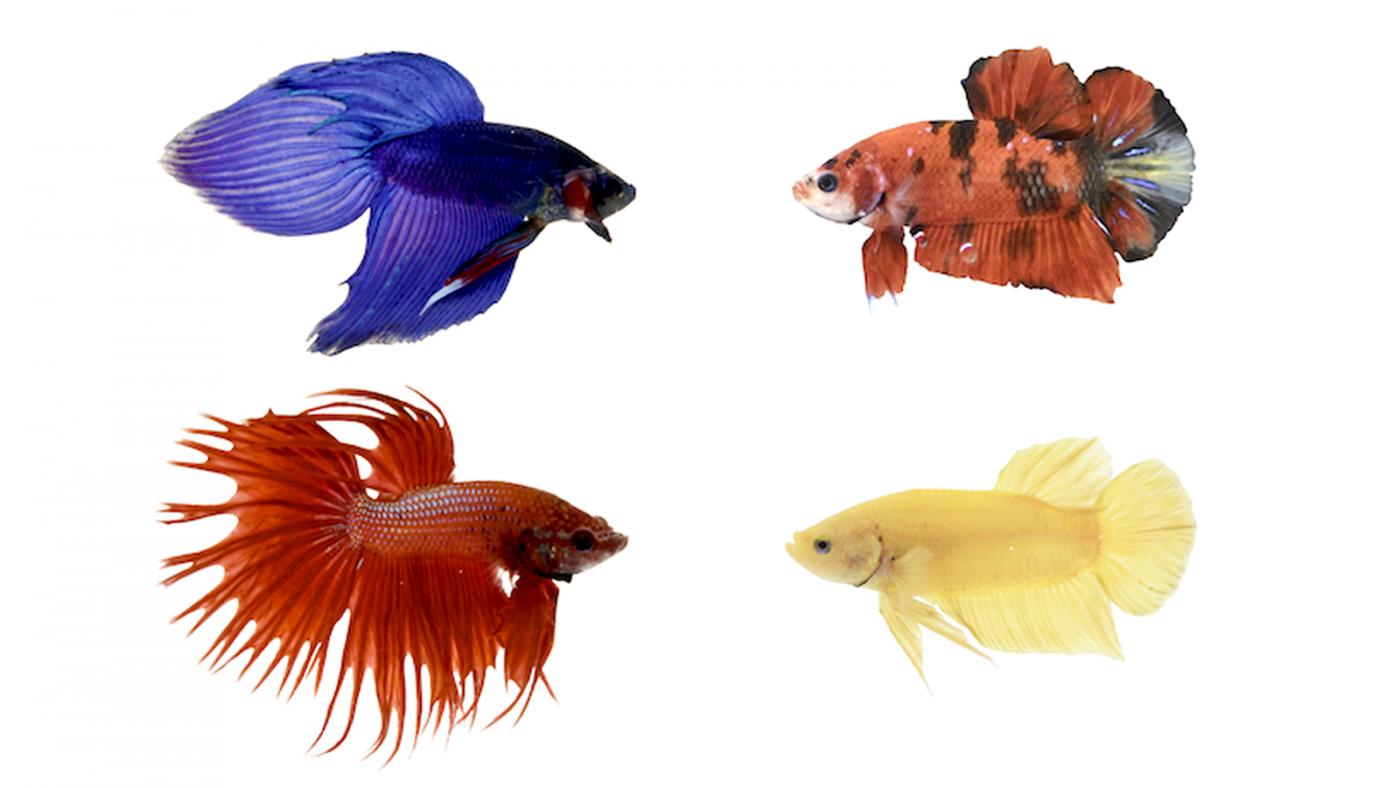Betta Fish Life Expectancy: Exactly How to Ensure Your Betta Lives Longer
Wiki Article
Reproducing Betta Fish: a Comprehensive Step-By-Step Guide to Effectively Raising Child Bettas From Eggs to Their Adult Years
Reproducing Betta fish is a precise venture that requires cautious preparation and implementation to guarantee the effective growth of fry from eggs to mature fish. Selecting genetically varied breeding pairs with preferable characteristics is only the start; developing an optimal atmosphere and recognizing the intricacies of the breeding process are similarly critical. As the male Betta vigilantly constructs a bubble nest and guards the precious eggs, the succeeding phases of treatment and change demand attention to information and expertise of ideal techniques. Just how does one browse the difficult yet fulfilling path of nurturing these dynamic creatures to adulthood?
Selecting Reproduction Pairs
When starting the journey of breeding Betta fish, choosing the best reproduction sets is crucial to attaining desirable qualities and a healthy family tree - betta fish. The initial step in this procedure is to identify the particular attributes you wish to boost or protect, such as color, fin kind, and physique. It is important to choose genetically varied sets to stay clear of inbreeding, which can cause health and wellness concerns and unfavorable characteristicsExamine potential reproducing candidates carefully. A healthy male Betta needs to exhibit vivid colors, an active disposition, and well-formed fins, while the lady ought to likewise present dynamic pigmentation and a rounded stubborn belly, suggesting readiness for spawning. Observing the personality of both fish is vital, as aggressive or excessively reluctant individuals may not reproduce efficiently.
Maintaining documents of the parent fish's origins can help you track genetic qualities and possible concerns. Inevitably, spending time in the option procedure will considerably improve the probability of creating solid, lively children that satisfy your reproduction goals.

Preparing the Breeding Tank
Developing an ideal reproduction atmosphere is a key action after selecting ideal pairs for Betta fish. The reproduction storage tank should be especially created to provide convenience and stimulate the all-natural breeding actions of the fish. Start with a container dimension of a minimum of 10 gallons to ensure appropriate space for both the man and female Bettas.Keep a gentle purification system to keep the water tidy while avoiding solid currents that can stress the fish. Additionally, an air stone can be included in supply oxygenation without interrupting the water surface also much.
Temperature law is vital; purpose for a steady variety of 78-82 ° F(25-28 ° C) using a reliable heater. The pH level must be kept in between 6.5 and 7.5, and routine water adjustments are required to make sure high water top quality.
Incorporate floating plants or generating mops to develop hiding areas for the woman, while additionally encouraging bubble nest building by the male - betta fish. Guarantee the container is complimentary from sharp decors and any type of prospective dangers, as the well-being of the fish must constantly be focused on throughout this critical stage of reproduction.
The Reproduction Refine
Normally, the reproducing procedure for Betta fish entails a series of distinct and visible actions that show preparedness for recreation. The male Betta begins by developing a bubble nest at the water's surface area, which functions as a website for the fed eggs. This nest is vital, as it supplies a risk-free atmosphere for the eggs up until they hatch.As soon as the nest is developed, the male will display courtship actions, such as flaring his find fins and showing lively colors to attract the lady. The lady, upon noticing the male's readiness, will certainly react by showing vertical stripes along her body, that site signaling her receptiveness.
When the female strategies, the male takes part in a mating dancing, usually bring about an embrace called the "spawning." Throughout this accept, the lady launches her eggs, which the male fertilizes quickly. The fed eggs then are up to the bubble nest, where the male very carefully accumulates and returns them to the nest. Following this, the male presumes responsibility for guarding the nest and making sure the security of the eggs till they hatch, typically within 24-36 hours. This phase is vital in the breeding process, laying the structure for successful fry growth.
Caring for Betta Fry
Looking after Betta fry calls for cautious focus to their environment and nourishment to ensure healthy and balanced growth and advancement. After hatching out, Betta fry are extremely little and susceptible, demanding a secure and clean habitat. Keeping a water temperature in between 78 ° F and 80 ° F is critical, as Betta fry flourish in warm problems. Additionally, make sure that the water is devoid of dangerous contaminants; regular water modifications of 10-20% are advised to keep optimal water high quality.Feeding Betta fry is equally important. Feed them small quantities numerous times a day, being mindful not to overfeed, which can lead to water top quality problems.
Transitioning to Adult Bettas
As Betta fry mature, transitioning them click for source to grown-up Bettas is a critical stage that needs cautious management of their setting and social communications. This process normally begins when the fry get to around 6 weeks of age, whereupon they can be slowly introduced to an extra organized living environment.To facilitate this change, it is vital to guarantee that the water parameters-- such as temperature level, pH, and ammonia levels-- are ideal and secure. Adult Betta fish grow in warm water (around 78-80 ° F) with a pH of 6.5 to 7.5. Progressively adapt the fry to these conditions to lessen stress.
Social communications are an additional essential variable; male Bettas are notoriously territorial and hostile. For that reason, it is suggested to different males right into specific tanks as they develop. Women Bettas can be housed with each other, yet care must be taken to keep an eye on for signs of hostility.
In addition, dietary modifications need to be made as the fry grow. Incorporate top notch pellets and live foods to sustain their growth and health. By handling these aspects properly, you can promote a successful transition to their adult years for your Betta fish.

Verdict
Effective reproduction of Betta fish needs careful attention to information throughout the whole procedure, from choosing genetically diverse sets to supplying optimal care for fry. By ensuring appropriate reproduction problems and keeping water high quality, the possibility of healthy spawn boosts significantly. Additionally, a well balanced diet plan and gradual adjustment to adult environments are crucial for the development and development of Betta fish. Adhering to these actions vigilantly cultivates a prospering population of Betta fish, boosting both their health and wellness and vigor.Report this wiki page